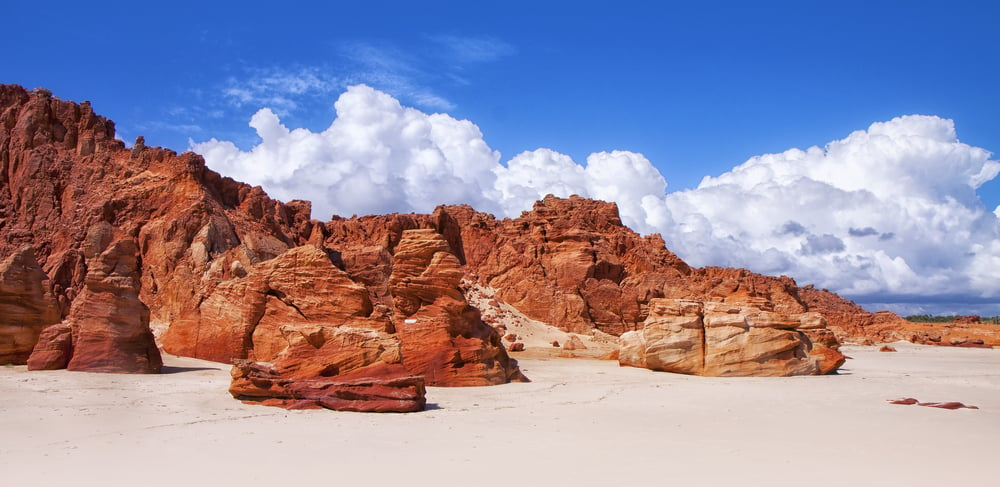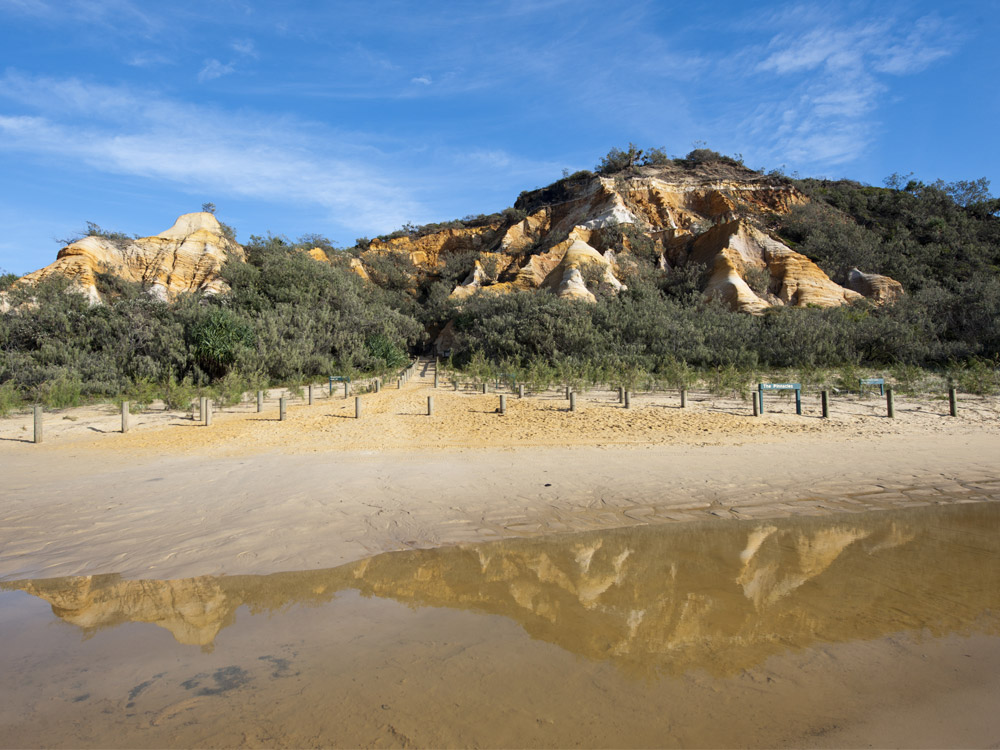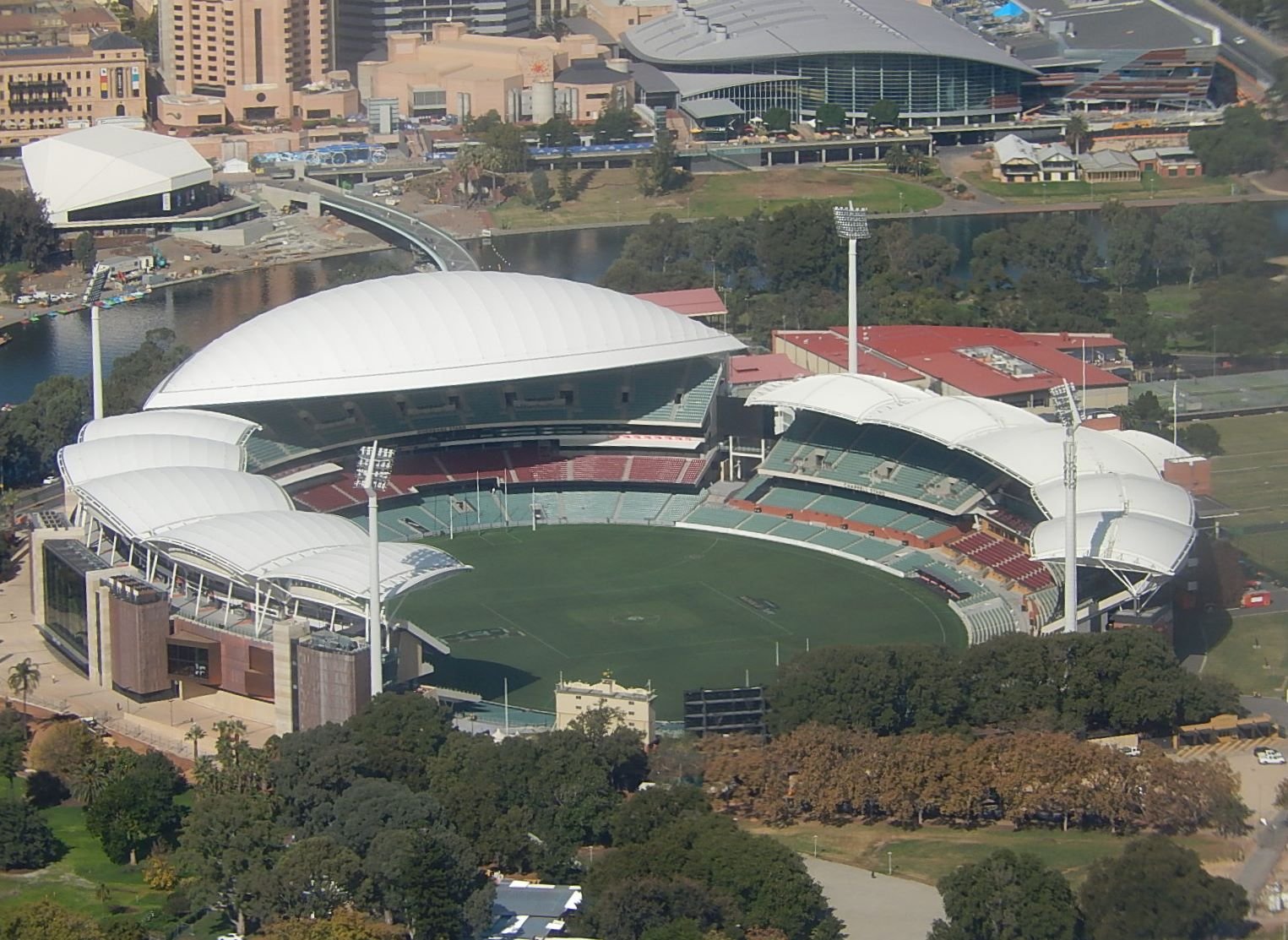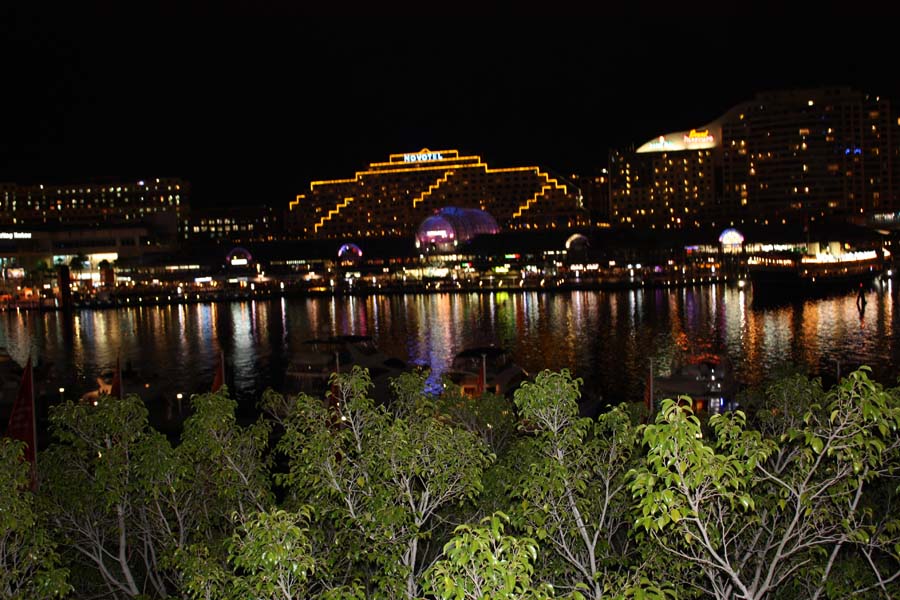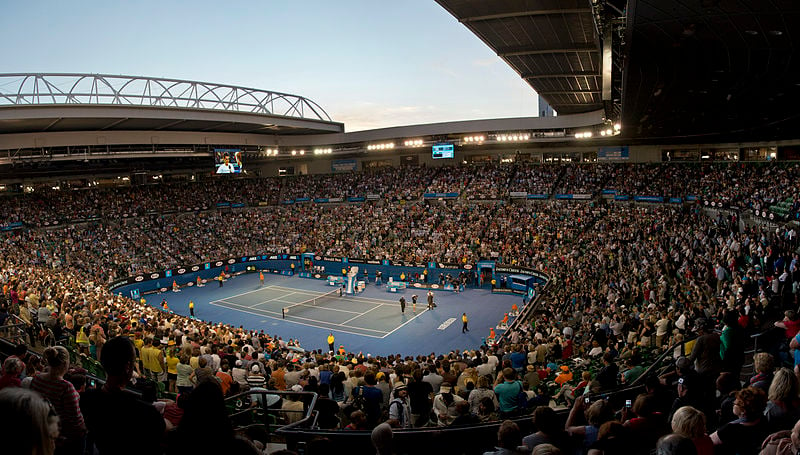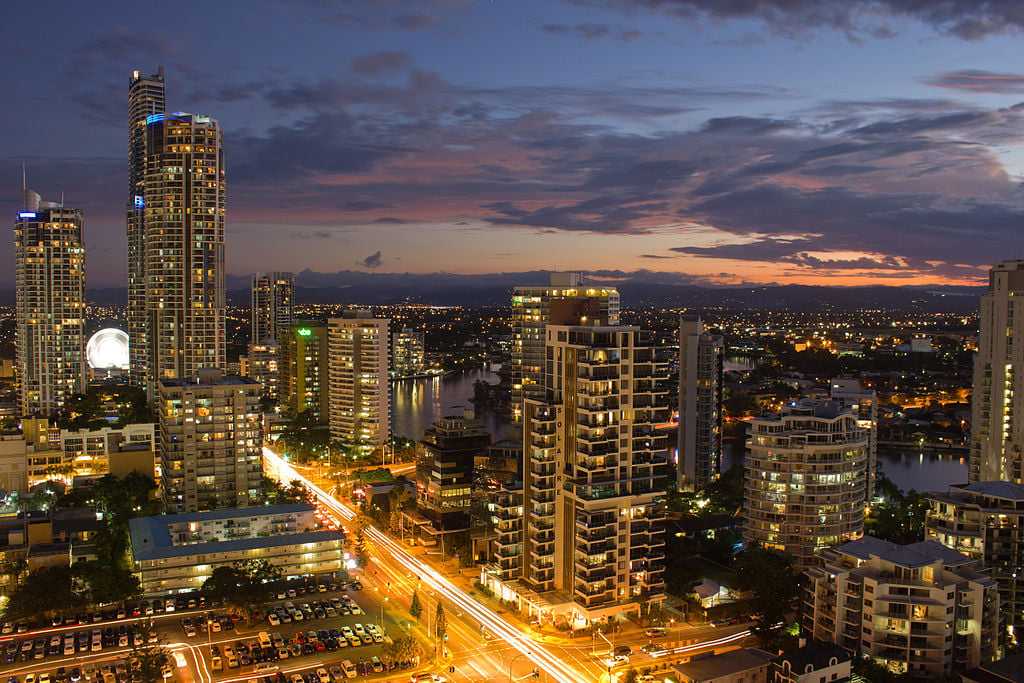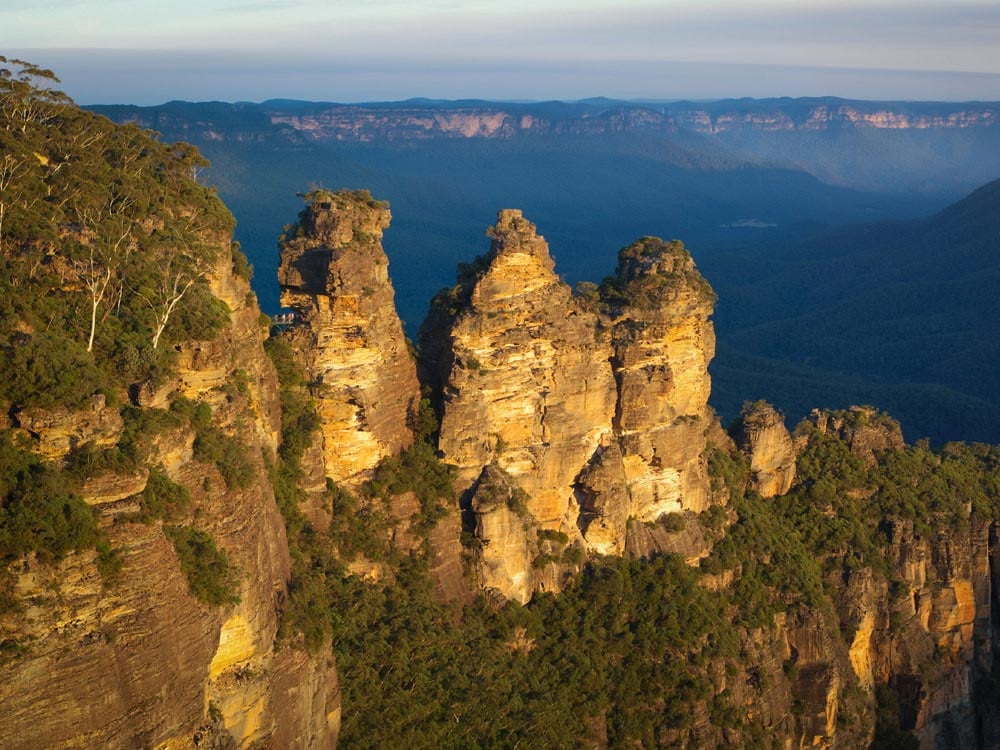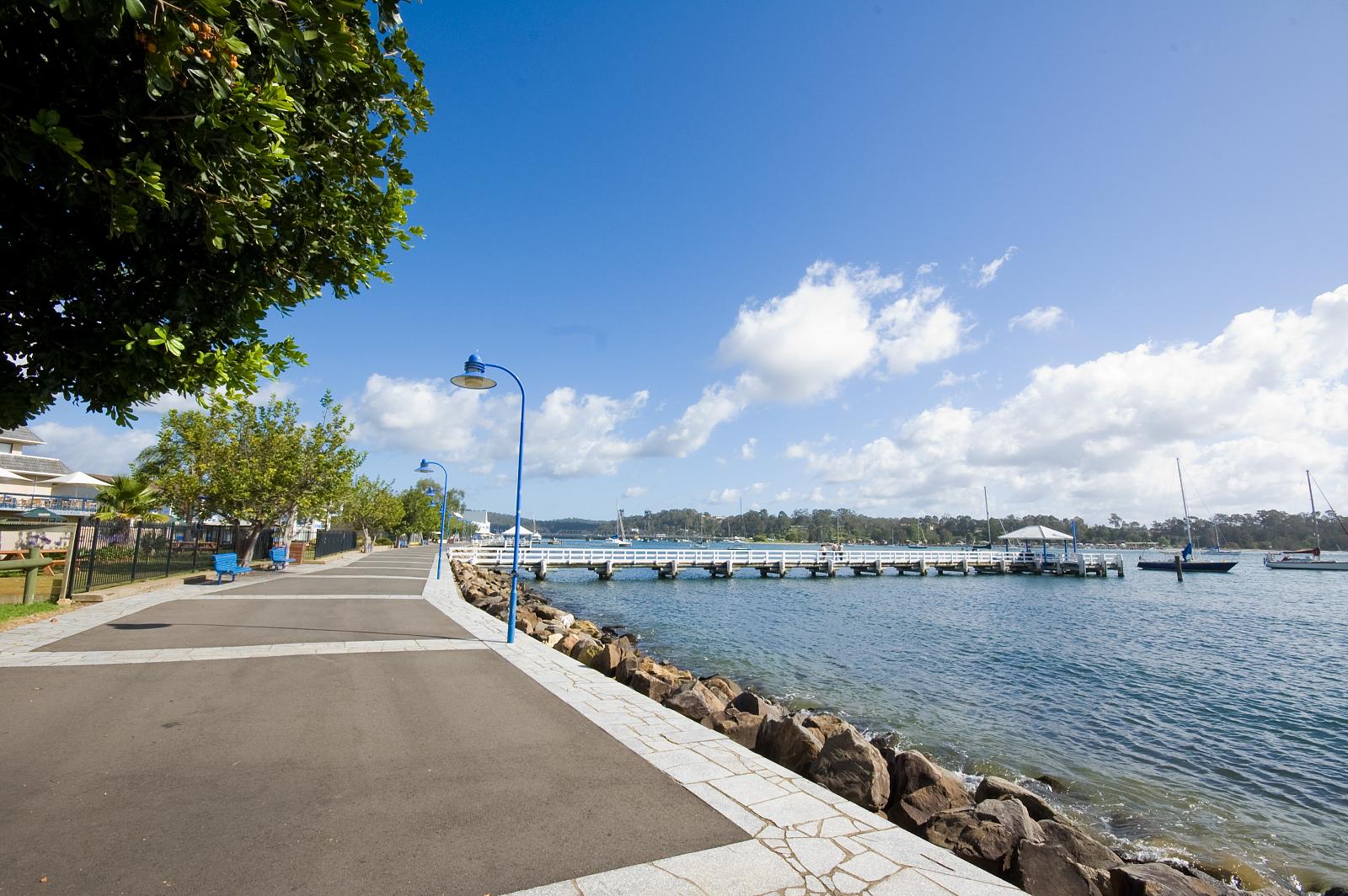An increasing number of visitors are being drawn to the isolated beaches of Cape Leveque- the northernmost point of Dampier peninsula in the Kimberly region of Australia. A long, narrow strip of sea- washed sand runs along the edge of a triangular rampart of red beach rocks, covered in places by dense green shrubs. A whitewashed lighthouse stands stark, against the backdrop of red, green and blue.
Campgrounds of the nomadic tribes, for long, Cape Leveque these days, has a small caravan park for modern visitors, right next to the Indian Ocean.
Sea birds and turtles are a common sight here. On a lucky day, visitors may catch a glimpse of a whale playing with its young in the waters surrounding the islands off the peninsula.
Activities at Cape Leveque
- Mother of Pearl Shell Altar Church, Beagle Bay: Another name for the Sacred Heart Church, so named because the interiors of the church are inlaid with shells, pearls, cowries, olives and volutes. Symbols of aboriginal tribes, as well as symbols of Christianity, are made on the walls of the church, using the shells, clearly showing how Christian pastors tailored religious manifestations, to accommodate local sentiments.
- Mud crabbing: Tourists are taught to catch some scrumptious crabs in the sands which lend themselves very well to mud- crabbing.
- Lombadina Art Craft shop: The shop houses artifacts by the aboriginal community of Cape Leveque. Visitors are encouraged to take something home as a souvenir.
- Bush style church at Lombadina: A simple church with a thatched ceiling, sans ostentatious stained glass windows and marble-stone pews, has welcomed the aboriginal community at Lombadina into the folds of Christianity for long.
- A swim at a pristine beach east of Cape Leveque.
- Dinner and overnight stay at Kooljiaman resort
- A tag along tour from Hunter’s Point to Swan Creek. Guided by a local guide who knows the place like the back of the hand, the tag- along- tour is a great way to learn about the topography of the place from close quarters.
- Tour of Cygnet Bay Pearl Farm: The Cygnet Bay Pearl Farm enjoys the unique setting of a largely untouched marine environment. But along with it come the challenges that distance from modern civilization brings. Visitors learn to appreciate the history of the farm, and get a behind- the- scenes look at the operations of the farm.
Tour operators provide all that is needed- spacious custom built air conditioned trailers equipped with PA commentary systems, mozzie- proof tents, stretcher beds and most importantly local bilingual guides.
Above details are for a two- day tour. A one- day tour will have a shorter itinerary. You may also opt to return on a flight from Cape Leveque during a one-day tour. The aerial view of the coastline is well worth the money paid.
Cape Leveque Tours
Cape Leveque can be accessed from Broome by a 4WD and also by a charter flight.1 day and 2-day tours are available from Broome to Cape Leveque. The road leading from Broome to Cape Leveque starts as a wide and even gravel road, but turns to a one- lane dust road in the end. So, 4WDs are the only way to travel. The journey, however, is made pleasant, by the scenic views and numerous attractions along the way.
Once you arrive at Cape Leveque, several activities and tours are organized by the Kooljiaman Resort.
- Glass Bottom Boat Tour: A 9-meter- long canopied glass bottom boat, takes visitors on a two hour tour of the beautiful waters for a view of the magnificent sea- life.
- Scenic Flights: Flights take travelers over a scenic aerial view of the Buccaneer Archipelago, and horizontal waterfalls.
- Cultural Tours: Knowledgeable aboriginal guides take visitors on a tour of aboriginal community life. These tours are tailored to the interest of the visitor.
- Hunter Creek Tag Along Tour: Again, a local takes the group through the ‘off- limit’ areas of Hunter Creek.
Where is Cape Leveque?
Cape Leveque marks the extreme north of Dampier peninsula- the point where the land meets the Indian Ocean. It lies in the Kimberly region of Western Australia. It can be accessed only by land, from Broome, and by air.
How to Reach ?
Reach by Air: Cape Leveque has a 1200- meter airstrip with a surface made of unsealed compacted soil, where operator- flights can land. These one- hour flights are available from Broome.
Reach by Land: A 4WD takes a traveler from Broome to Cape Leveque-a distance of 129 miles, via the Beagle Bay- Broome Road and the Cape Leveque Road. It takes about three and a half hours to cover the distance.
Best time to visit
The weather here comprises a distinct dry season and a wet season. The dry season from May to October is the best time to visit Cape Leveque. These months are characterized by refreshing breezes, a warm sun, and clear blue skies. It gets slightly chilly at night, but it is perfectly acceptable. It is best not to visit during the wet season which is hot, humid and totally unpredictable.
Cape Leveque Accommodation
Kooljaman Resort: The Kooljaman resort is an aborigine- owned wilderness camp that provides facilities for budget camping as well as a luxury stay. The profits from the resort are plowed back into the community. The safari tents are tents only in name. They are actually high- end rooms with ensuite and kitchen- with the projecting verandas supported by stilts. Then there are economic thatched beach shelters. A range of accommodations are in between- units, log cabins and a campground, where you can rent tents. The campground is cluttered though, mainly because all accommodations are powdered. A store and take away restaurant are also available- nothing fancy, of course.
Cygnet Bay Pearl Farm: An hour’s drive from Cape Leveque, the Cygnet Bay Pearl Farm also offers some well- furnished cottages for daily rent. These cottages look out to the Karakatta Bay.
Duration of visit
For a tour from Broome: Most one- day tours leave Broome at around 6:30 a.m., and return before 6:00 p.m. the same day. Two- day tours start at around 6: 30 a.m. and return before 7:30 p.m., the next day.
Ticket Prices
Prices for one- day and two- day tours are in the range of $500, with some concession granted to children.
Permits to visit the aboriginal communities cost around $10 each. Unless staying at Kooljiaman, a day permit to visit the beach at Cape Leveque has to be obtained at $5. On the surface, it may seem unfair to have to pay just to set foot on a beach. However, all the money goes towards supporting the native communities living on the land. These communities have taken great pains to preserve the land in its pristine form- a small charge towards enjoying these spectacular spots is not too much to ask.
Facts about Cape Leveque
- Cape Leveque features in a famous Qantas ad titled ‘I still call Australia home’. In fact, many visitors traveled to Cape Leveque after their curiosity was piqued on seeing the impressive Cape Leveque landscape featured in the ad.
- Most of the northern part of Kimberly is aboriginal land- so a visitor needs permits to access most of the beach communities.
- Kooljiaman is the Bardi aboriginal name for Cape Leveque.
- Kooljiaman has a private airstrip.
- Dampier peninsula is known as ‘Ardi’ among the locals. It means ‘heading north’.
Tips for anyone visiting Cape Leveque
- Power is very limited in supply at Kooljiaman. So appliances like blow- dryer and iron are not allowed.
- Book ahead if visiting during peak season, since bookings happen months in advance.
- The clear waters of Kimberly are infamous for crocodiles. At Cape Leveque, they are a rarity, though not totally absent. So, exercise caution before entering the waters at Cape Leveque or anywhere in Kimberly.
- Unless one is staying at Kooljiaman, a day trip to the beach will cost $5.
- Be careful while stepping on the soft sands at Hunter Creek. Chances of getting stuck in the wet ground are high.
- Money permitting, book the log cabin 1 at Kooljiaman resort. It offers the best views. Toilet needs to be shared, though.
- Since food options are limited, load up at Broome. Bring your own alcohol too.
